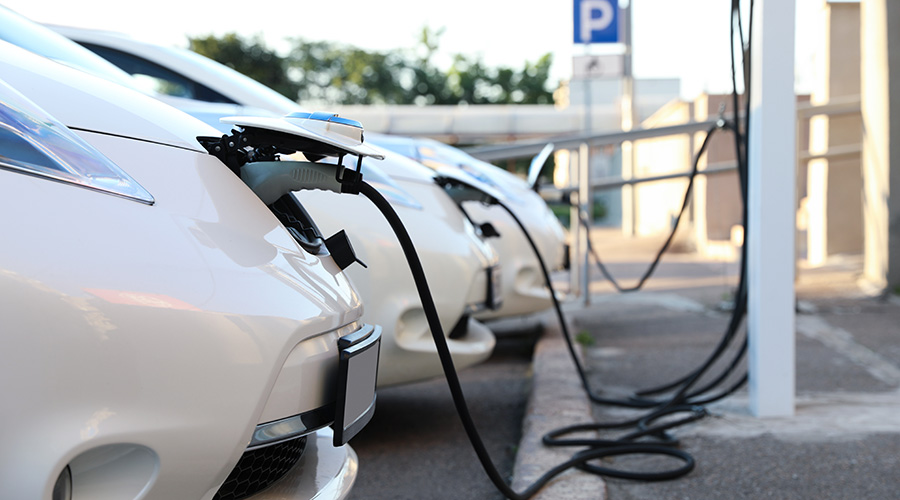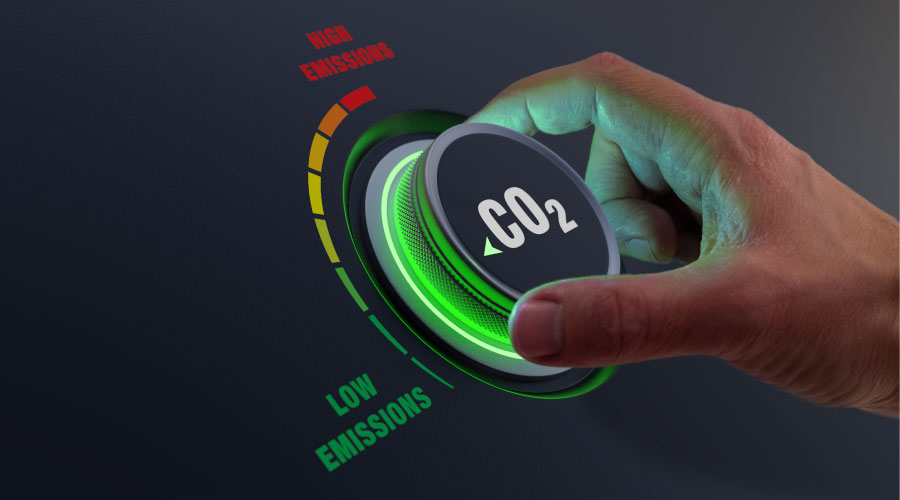PNC, Nike, Walgreens Focus on Energy Efficiency in Different Ways
Where Nike and PNC target energy investments on poor performing facilities, Walgreens takes a bit of a different approach to prioritize where to spread capital, although its goal is also to maximize cost savings. At Walgreens, priorities for investment depend on the deliverable, says Enters. For instance, lighting retrofits are done first where utility rates are highest. But for stores that haven't yet gotten an EMS — Enters says he expects EMS to be installed in every store by the end of 2013 — or are in need of HVAC upgrades, the highest priority is where energy use is most dependent on weather in terms of costlier heating or cooling.
Walgreens uses the total cost of ownership metric, as opposed to first cost, as a key indicator of value for equipment it buys. "Energy is the major driver of total cost of ownership," says Enters. "So we really started increasing the efficiency of the equipment we buy. We look at both energy and maintenance."
The important thing about prioritizing upgrades, say all these experts, is doing so in such a way that the upgrades can be justified to financial folks. Indeed, the best advice Enters has for other facility managers in similar positions: "I recommend that whoever's in charge of energy be the best salesman your company has. Anybody who is directly responsible for energy has to be able to make the case."
Browning also offers some cogent advice, and a lesson learned. The advice: don't go overboard with technology. While technology is great, has solved a lot of problems, and has made Nike's retail outlets more energy efficient, "the more technology, the more possible breakpoints," she says. "You have to work to find that happy medium, so you're not spending all your time tweaking the installations in stores that are already efficient."
Browning says she learned that it's important not to get crazy with technology before first being sure it's appropriate for the specific applications in which it'll be used. Browning says that when Nike began its EMS initiative, she soon discovered that some of the stores didn't have the required circuitry for the EMS. "Thankfully, the problem happened in our second store, so we were able to look ahead and make sure the same problem wouldn't happen in other stores."
Wilberforce, for his part, says that facility managers should only employ technology with which they're comfortable. Sure, the facility manager may not be expected to be the lead troubleshooter if something goes wrong, but he or she should be familiar enough with the piece of software or equipment to speak intelligently about it when upper managers have questions.
Lastly, Enters says how important it is to show that energy is decidedly not a fixed expense. "As our footprint increased, the utility bill became more and more noticeable," he says. "We began to understand that we could control it."
Related Topics:













